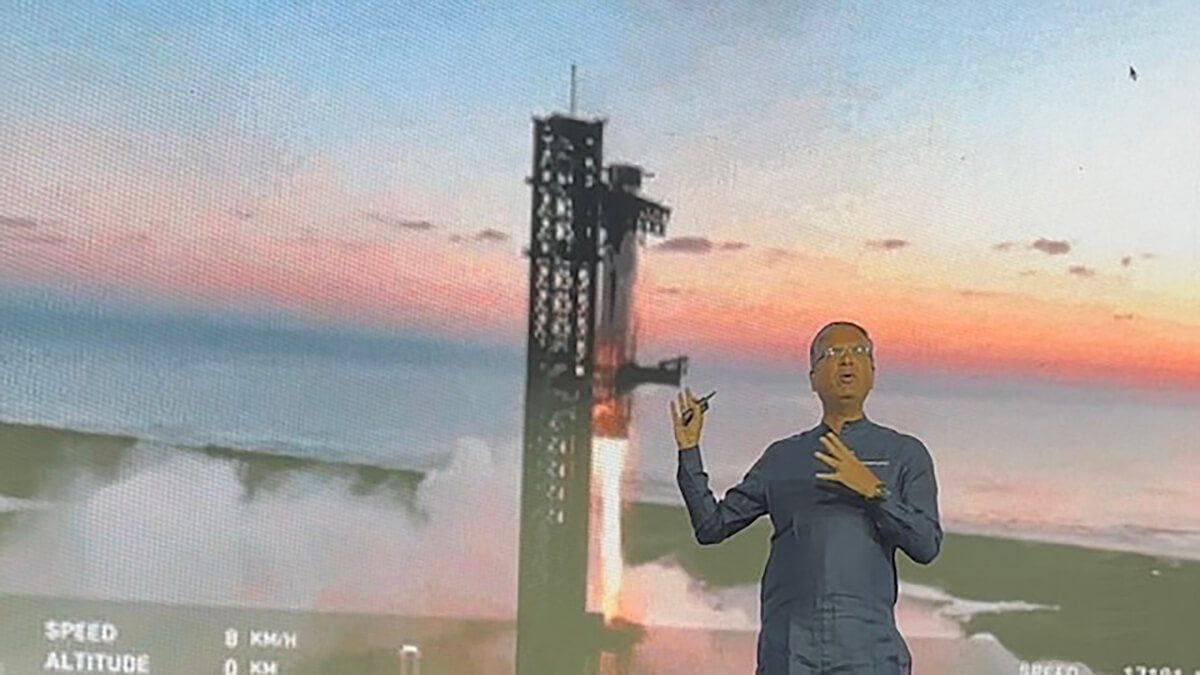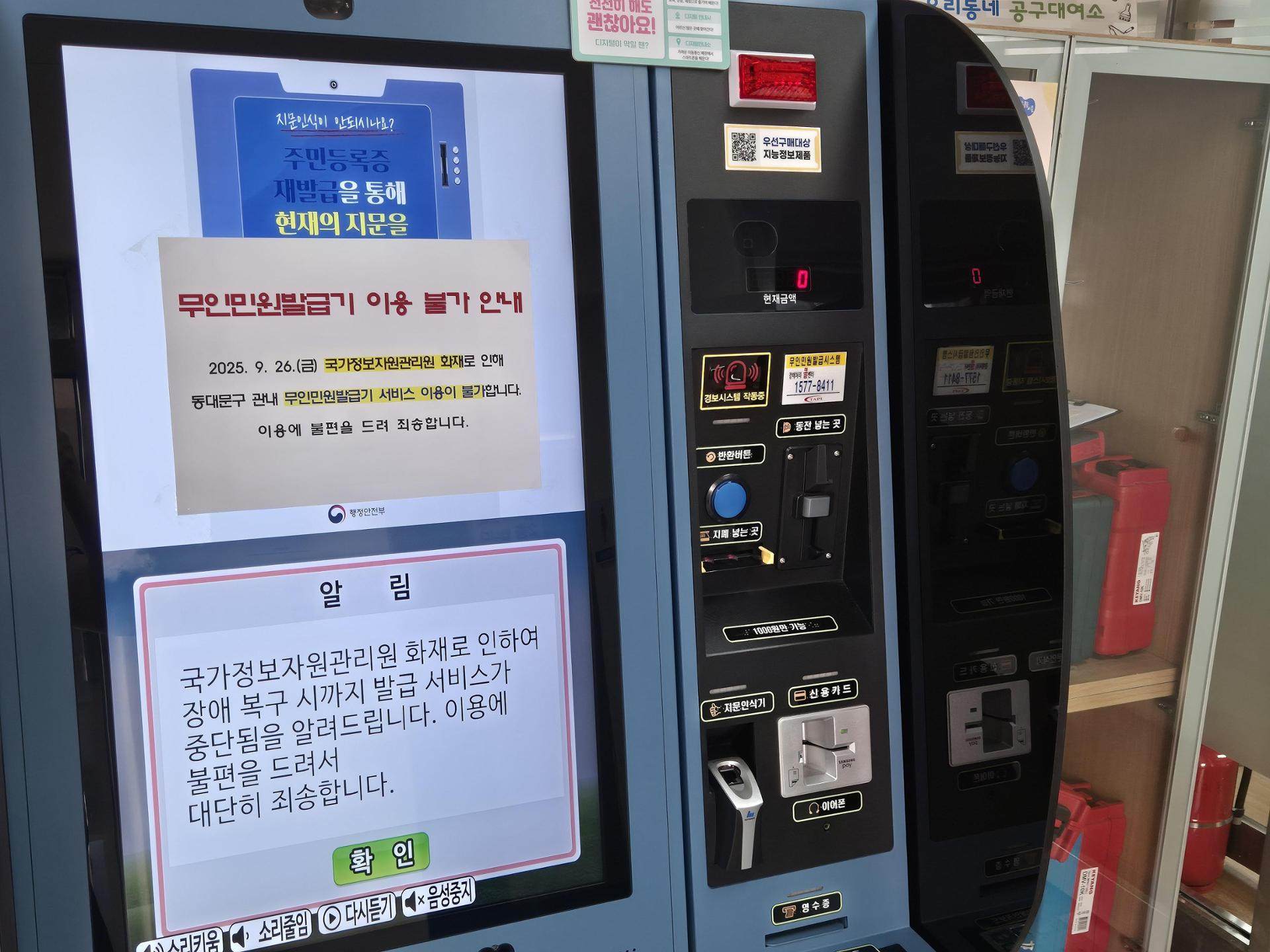By Alex Williams
Copyright thenewstack

Get a bunch of geeks to Las Vegas, have a former astronaut give a keynote about the connection between space travel and IT, then top it off with conversations about AI and interplanetary travel.
ManageEngine‘s user conference, September 18-19 in Las Vegas, provided a unique perspective for IT workers to see the correlation of AI to their work. For context, it drew comparisons to the work of astronauts and the quest for interplanetary travel.
ManageEngine is the enterprise IT division of Zoho, known for its broad suite of software products. Through ManageEngine, the division offers an integrated suite of more than 60 IT management products and over 60 free tools for IT workers.
Astronaut Training as a Metaphor for IT Problem-Solving
It’s a funny time for IT. There are all kinds of questions about what large language models and agentic AI mean for the people who keep systems running. However, AI is a new space for most IT professionals. So why not explore it in a futuristic and fun way, by adding some adventure with stories from Mike Massimino, the former astronaut and veteran of two space missions?
As Massimino stood before the ManageEngine user conference attendees, the screen behind him displayed a photo of an underwater tank occupied by astronauts in space suits and a few people in scuba gear.
“This is our training for a space walk, underwater,” he told the audience. “I’ve heard the term when I was preparing with some of the team here for the talk; they talked about ‘red teaming.’ You’re all familiar with this.”
Massimino compared the red teams to scuba divers preparing astronauts for space walks. The scuba instructors were introducing problems that the astronauts had to work together to solve. Similar to an IT red team exercise.
“They weren’t necessarily red teams. They were just mean, evil people,” he joked. “They would throw all kinds of stuff at us, and we would have to figure out how to get around it, working together as a team to solve problems.
“And sometimes it was an emergency, a spaceship problem, but sometimes it was, well, how are we going to do this? How are we going to get to do this space walk correctly? And what I found [was the instructors] didn’t have to know the answer when they asked the question.”
When the instructors presented different scenarios, the astronauts had to work together.
“It’s similar to what a red team might do,” Massimino said. “You’ve got to figure out how to do it.”
Trust in Tools, Training, Team Members
Massimino recalled his first flight on the Space Shuttle Columbia, which, in many ways, related to the way people use enterprise IT products. Like in IT, astronauts have to trust their tools. They need confidence in their training and know they are not alone. Each IT worker has to trust the other people on their team.
On that morning in Florida, Massimino and his crew arrived at 2 a.m. at Cape Canaveral, and the eerie desertion of the place struck him. The crews had filled the fuel tanks and left. A rocket filled with thousands of gallons of fuel is in many ways similar to a bomb: It’s not exactly a safe place to hang out.
So there he stood, the rocket groaning, the water vapor coming off Columbia, looking like smoke.
“It looked like it was alive,” he said. “And it sounded like it was angry. It made these horrible noises. I think it was the cryogenic fuel going through the fuel pumps. So it’s making these moans and smoke coming off of it, and it just looked like a beast, right?
“And after all these years, since I was a little kid, of dreaming of that moment going to space, looking up at that spaceship, I thought to myself, Maybe this wasn’t such a good idea. But at that point, it was a little bit too late.”
His point? IT professionals face these sorts of tests in their work, as do astronauts when preparing for space travel.
“I know those times where it gets a little rough or scary, you have to rely on that training, rely on education, rely on those experiences … that got you ready for that moment,” he said. “So trust your training.”
And like in IT, Massimino said, you have your colleagues to rely upon.
“I wasn’t going into space alone,” he said. I not only had my astronaut colleagues, but I also had … the Launch Control Center, and people all around the country and the world ready to help if something happened. That’s a really dedicated team. So trust your tools, trust your training, trust your team and let’s go execute the plan.”
How Zia LLM Can Empower IT Teams
Rajesh Ganesan, CEO of ManageEngine, preceded Massimino, setting the stage for the conversation by likening AI to interplanetary space travel.
The company intends to help IT personnel by providing technologies that allow for more time on strategic work and less on mundane tasks that need to get done. That’s the same kind of efficiency, he suggested, that civilization will require for space travel to other planets.
In the meantime, AI reduces the time spent on tedious work, allowing for increased efficiencies, built into everything, with a human in the loop.
ManageEngine, Ganesan said, will focus on becoming a platform that integrates across products with an overall approach that embeds a central AI framework, data analytics, security and a Model Context Protocol server for building out data platform environments. It will leverage the infrastructure to continue building AI agents.
Zia is Zoho’s central AI framework. It dates back to 2015 as the company’s foundational AI. In 2018, Zoho launched its conversational agent. Originally built on natural language processing (NLP), Zia now operates as an LLM, called Zia LLM, which launched in July with Zia Agents. The LLM is an enterprise model, trained on both public and proprietary data, and runs on Zoho’s data centers.
Zia LLM has both public and private options for customers. There’s a proprietary ManageEngine version that can also integrate with ChatGPT and Azure OpenAI.
It functions as a conversational assistant, enabling ManageEngine to offer personalized support to customers through conversational interactions. The capabilities provide users with, among other things, the ability to get answers to their questions, search across the service desk, get summaries of articles and use the data for ticketing.
Zia LLM also provides technicians with the tools to generate content for tickets, for example. Checklists, which IT workers are familiar with, can also be created, as can JavaScript code snippets, among other things.
For data analysis, ManageEngine can provide narratives based on customer data, insights into trends and anomalies, and predictions. Security features include summarizing alerts, correlating events, providing remediation and investigating incidents.
Zia Agents is Zoho and ManageEngine’s offering for developing, deploying and managing autonomous agents. Designed to work across Zoho products, the agents provide ways to automate workflows, perform tasks and interact with other agents and customers.
Users may build their own agents using Zia Agent Studio, a low-code/no-code platform. Zoho has also launched a marketplace for prebuilt agents.
The services offered include contextual capabilities, such as assisting with tedious tasks like responding to a request for proposal (RFP). Executives stated that agents typically complete only about 70% of the work on an RFP, underscoring the need for humans in the loop and the efficiencies delivered through agentic AI.
ManageEngine’s MCP Server for Data Integration
ManageEngine’s MCP server connects contextual data across apps. The company sees MCP as integral to building a data platform or a data lake. It’s where all the data from ManageEngine is collected, so that an organization can centralize a customer’s data across all its business applications.
Now, much of this is relatively new. And it’s why the human-in-the-loop approach will remain the mainstay for some time to come. LLMs and agentic AI, while helpful in some ways, aren’t yet widely used in production.
But while engineering and IT teams still have concerns about AI’s reliability in production, at this stage it makes sense to use AI-based tools for bug detection, evaluations and various types of testing.
“I think we’re already seeing a lot of our engineering teams come together, collaborate a lot more than what they used to before,” said Rakesh Jayaprakash, ManageEngine’s director of product management, echoing again what Massimino said about collaboration on space missions.
The Evolution to Software-Defined Systems in Space and IT
Space flight is as modern as IT. They are interrelated, both following the trajectory of software-defined systems that deploy applications or fly rockets.
The SpaceX rockets, for example, have digital displays and enough data intelligence to land themselves. The rockets that Massimino flew had analog gauges and mechanical switches. Today, rockets are software-defined, just as we see in IT. A SpaceX rocket will have displays that replace traditional analog controls and switches. The easier-to-use interfaces mean less training is required.
ManageEngine had lots of silos, Jayaprakash said, a natural outcome for a company that operated vertically, with each product having its own teams, workflows and so on. Now, as the company develops its central data platform, engineers will need to work together much more closely.
“There is a lot of need for people to play a central role in bringing these individual products and ecosystems together,” Jayaprakash said. “Again, that doesn’t change the hierarchy of how we operate, but it’s just that we need more people to be coordinators, to bring engineering and product management together.”



